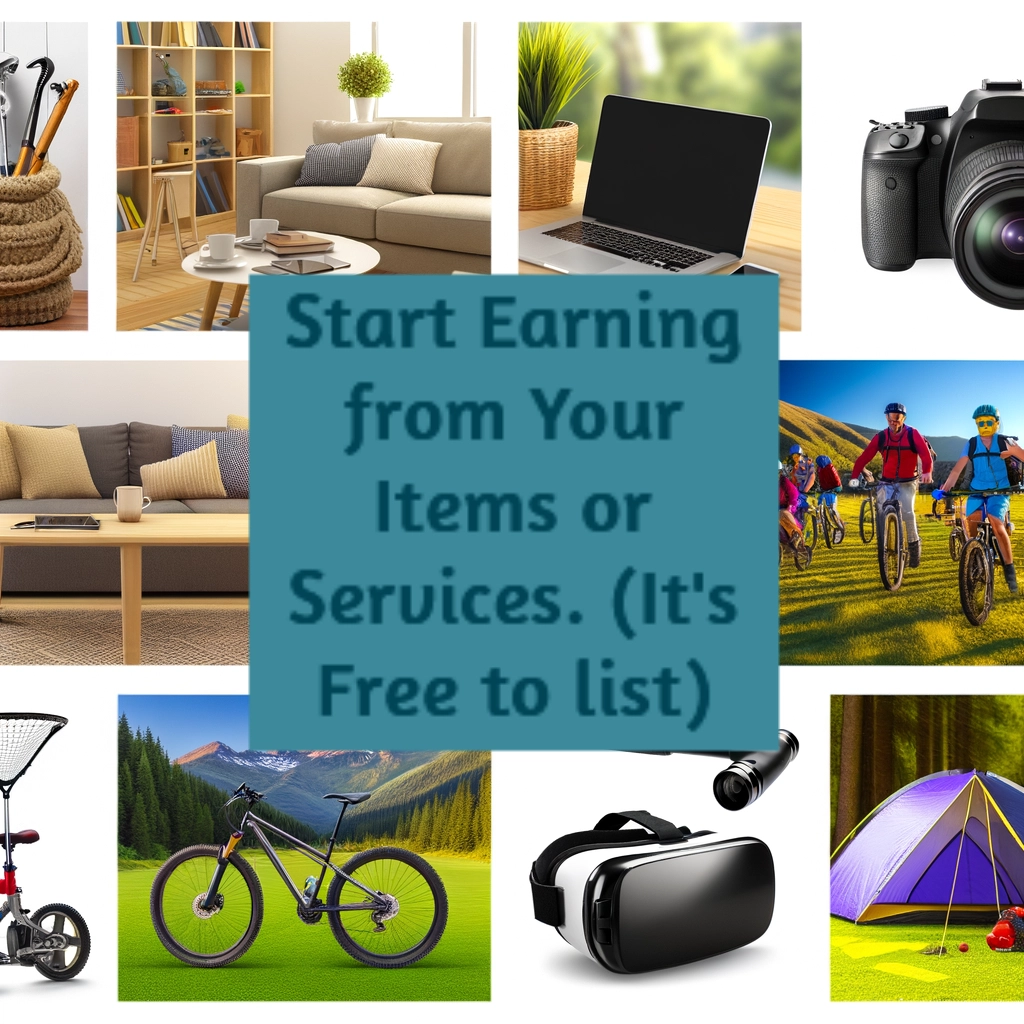In today’s digital era, leveraging the sharing economy or peer-to-peer services is proving to be an extremely viable income source generation. Specifically, peer-to-peer tool rentals, which involve allowing individuals or businesses to rent tools they own but seldom use, is quickly emerging as a popular and profitable venture. This guide aims to provide insights into maximizing your earnings through this burgeoning opportunity.
The underlying principle of peer-to-peer tool rentals is quite simple – When you own tools that are not in frequent use, why not rent them out and generate some income? From gardening tools to power tools, construction equipment to kitchen appliances, Hub Split there exists a vast potential marketplace waiting to be tapped into
Many platforms have emerged supporting this concept-NeighborGoods, Loanables, Zilok, to mention a few-that allows users to list their unused tools for rent. The process typically involves registering on the platform, listinging the tool with pictures and descriptions, setting a rental price, and looking forward to bookings from interested individuals in your vicinity.
Every platform supplies a unique advantage. For instance, NeighborGoods focuses mainly on local communities, helping you lend to people in your neighborhood. On the other hand, Loanables and Zilok enable national and intercountrywide rentals respectively.
Now, maximizing your income via tool rentals requires strategic planning and knowledge of the industry. Here are some tips that can electronicnhance your earnings:
1. **Know Your Demand**: Each location has unique demand. Urban areas may see high demand for home improvement tools and gardening equipment, while business areas may require heavy machinery. Understanding what’s popular in your locale will allow you to decide which tools to market.
2. **Pricing Strategy**: Set a competitive price. Do some markelectronict research. Check what similar tools are being rented for on various platforms. Your price should neither be too much (that will dissuade potential renters) nor too low (that will under-value your tool and decrease your potential income).
3. **Use High-Quality Photos and Detailed Descriptions**: Enhance your tool’s appeal with clear, high-resolution photographs from multiple angles. Additionally, give a detailed description of the tool, including its condition, specifications, and any features. The greater transparent you are, the more dependable you appear to potential renters.
4. **Traditional Ways Still Work**: Not all your potential customers are tech-savvy. Putting up notices in local community centers, supermarkets, or homeowners’ association boards may reach individuals who are not active on online platforms.
5. **Insurance Coverage**: Check if the platform offers insurance coverage for your rented tools. If not, consider acquiring coverage independently to safeguard you from potential damages or losses during tool rentals.
6. **Prompt Responses and Excellent Service**: Respond promptly to queries and booking requests. Ensure the tools are clean and in good working condition. Good customer service is the most efficient way to get positive reviews and repeat customers.
Even with this guide, you must remember that like any other business, the success of peer-to-peer tool rentals depends upon patience, persistence, and dedication. The initial phase might not be profitable, but dont get disheartened. Study the marketplace, change your strategies, and constantly adapt to increase your income through peer-to-peer tool leases.
 Earning an income through peer-to-peer tool rentals not only can offer a financial boost, but it is a great way to promote a circular economy, Hub Split reducing waste, and making better use of resources. With the right approach, peer-to-peer tool rentals can become a rewarding path to supplementing your earnings.
Earning an income through peer-to-peer tool rentals not only can offer a financial boost, but it is a great way to promote a circular economy, Hub Split reducing waste, and making better use of resources. With the right approach, peer-to-peer tool rentals can become a rewarding path to supplementing your earnings.
